Everything

What do you know of Barbès? The Parisian neighbourhood that borders Montmartre at the 18th arrondissement? Perhaps you’ve heard of it – maybe through the international dining establishments, or fashion collections, or even record labels that have borrowed its name for its raw and rogue association. Or perhaps you’ve happened upon it, over the years, when the news reports on its crime statistics or when Paris realtors discuss the effects of its urban sprawl.
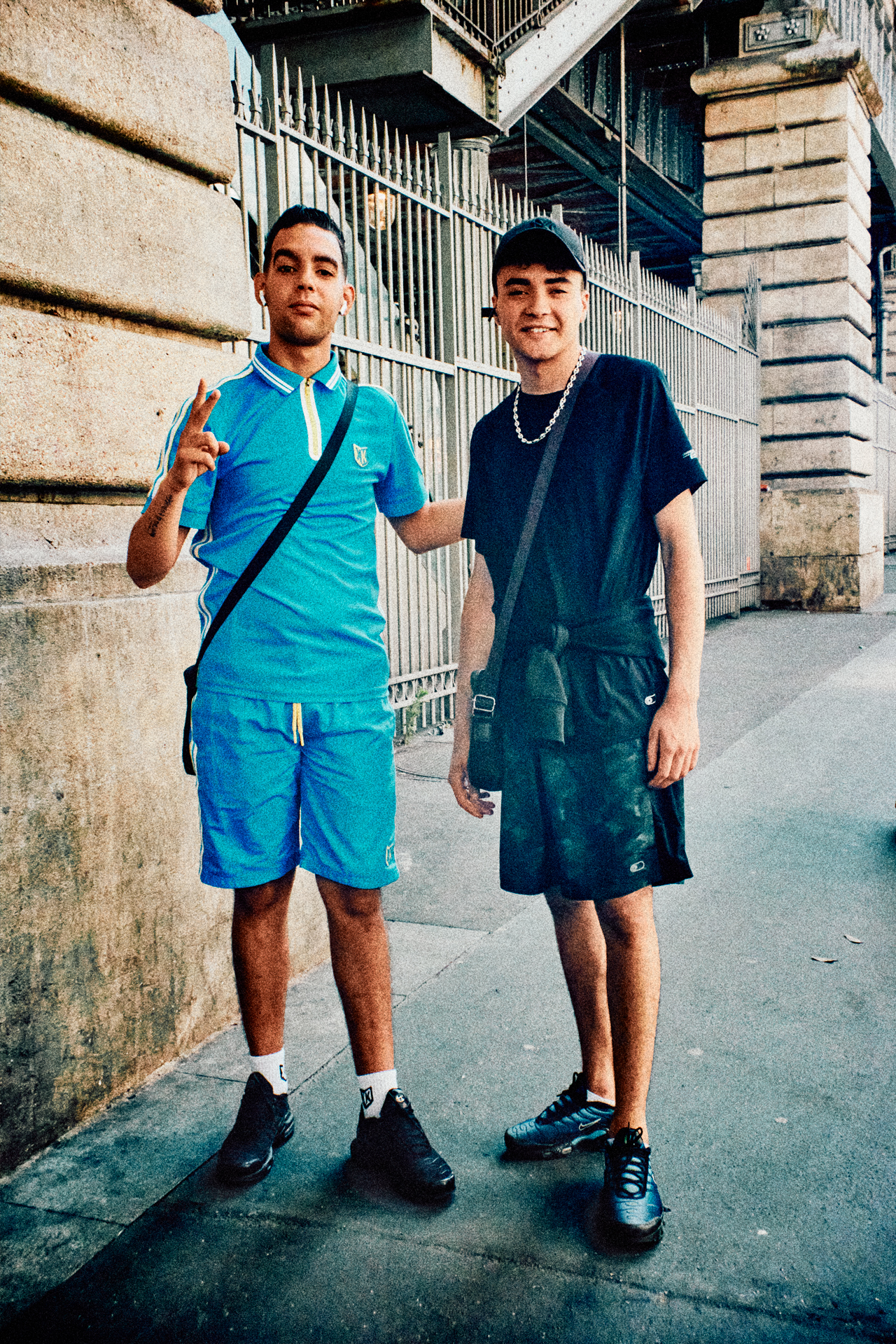
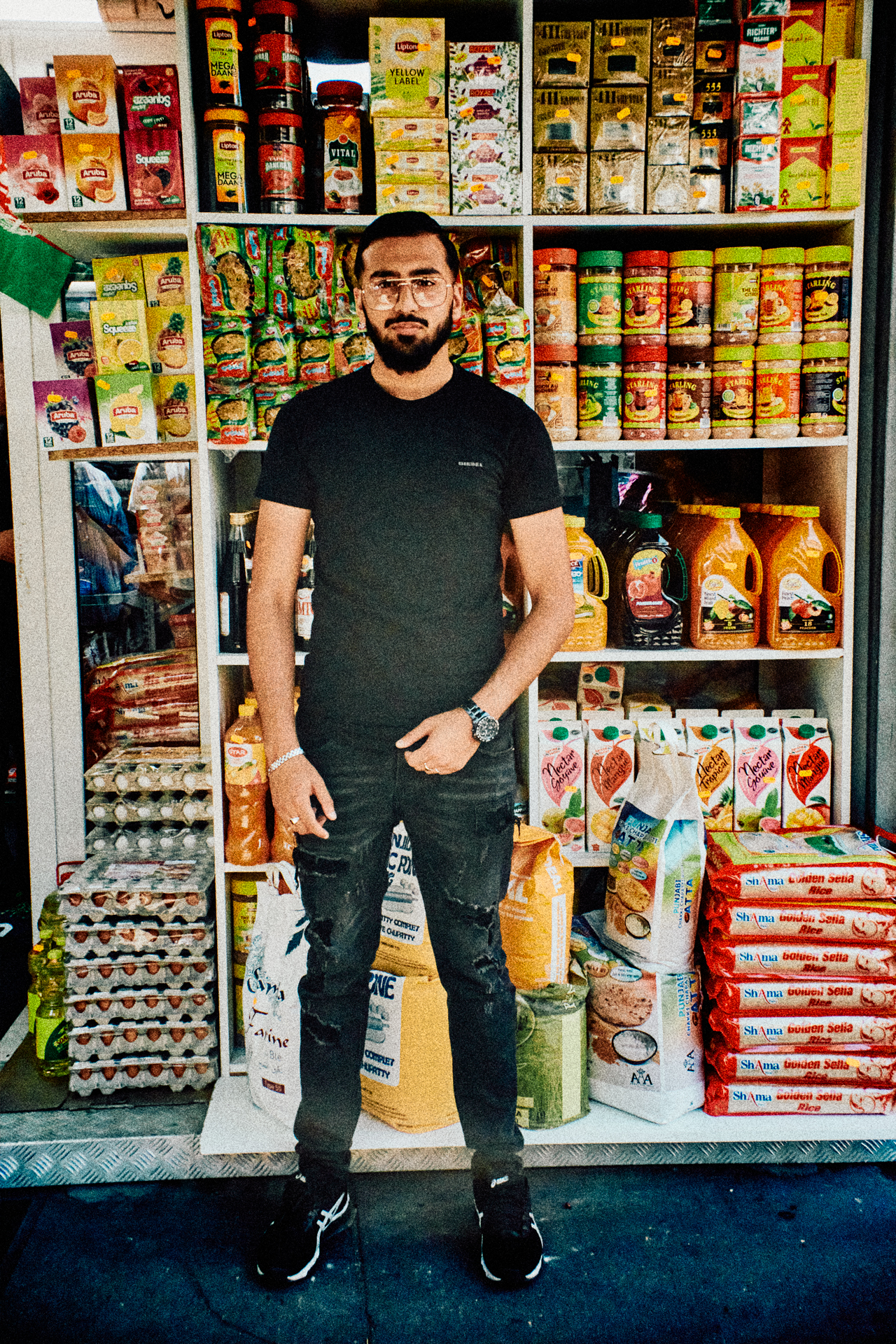
Either way, it’s unlikely you’ve spent much time on the streets of Barbès. Visitors rarely do. This is not the Paris of Eiffel Tower montages nor is it the baguette-clichéd set of an American Netflix series. Rather, Barbès represents a fundamental vein of an other Paris. A real Paris. A heaving, breathing sub-culture of immigrants and ethnic communities that simmers a grittier narrative. One that tells a story of friendship, loyalty and resilience.
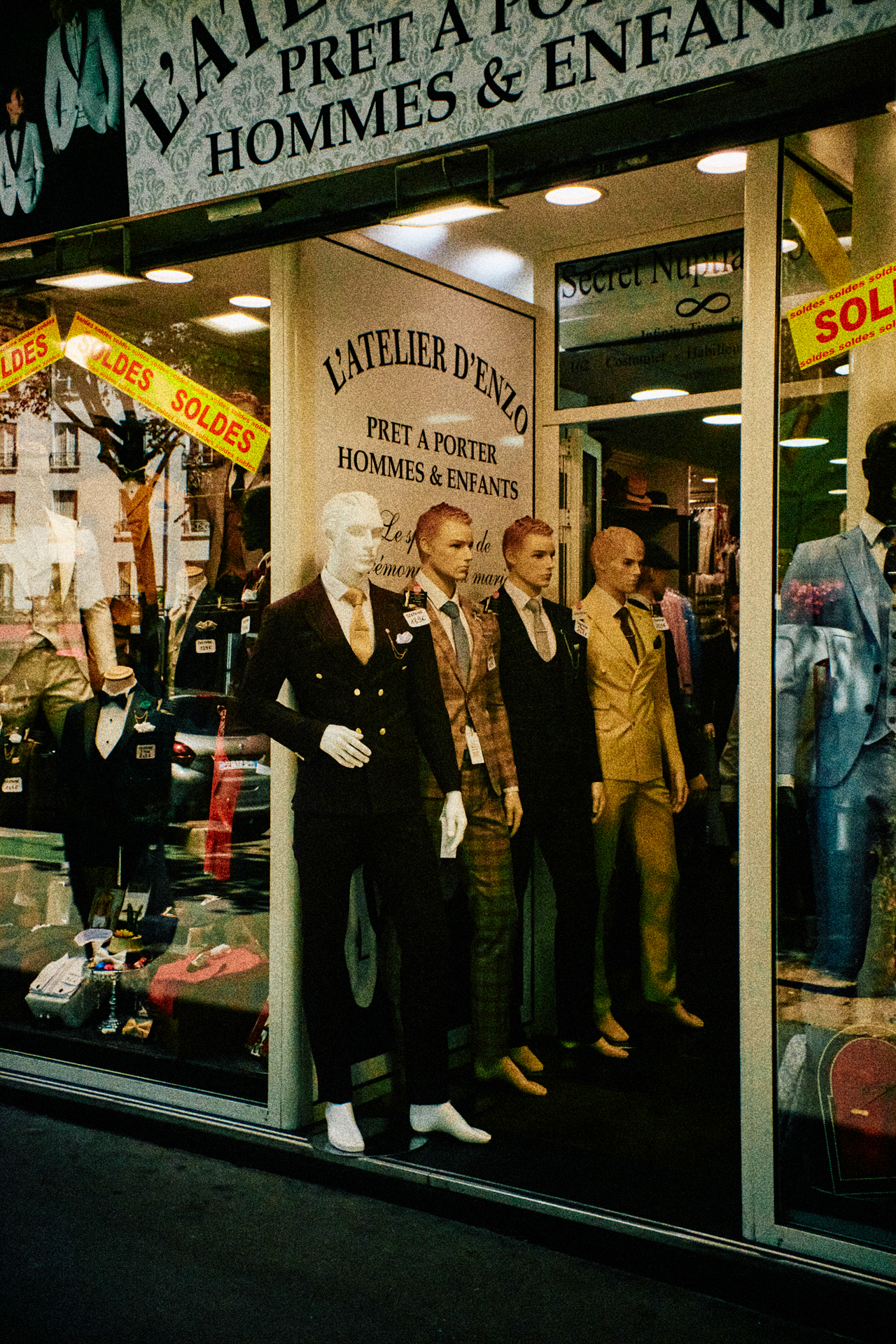

On the day ICON fashion director Kim Payne and photographer Vladimir Marti explored the area beyond Gare du Nord to the north of Paris central, the summer heat was palpable. As they began strolling into Barbès, the streets were full of locals escaping un-air-conditioned apartments, seeking breeze and shade and some short-lived relief. Kim and Vlad had heard there were parts around here that were no place for visitors, especially those with a camera and a penchant for storytelling but its rare and beautiful authenticity was instantly captivating. The people, the foundations, the garish and dichotomous decor and, of course, its fashion soon began to mould into a cohesive tableaux.
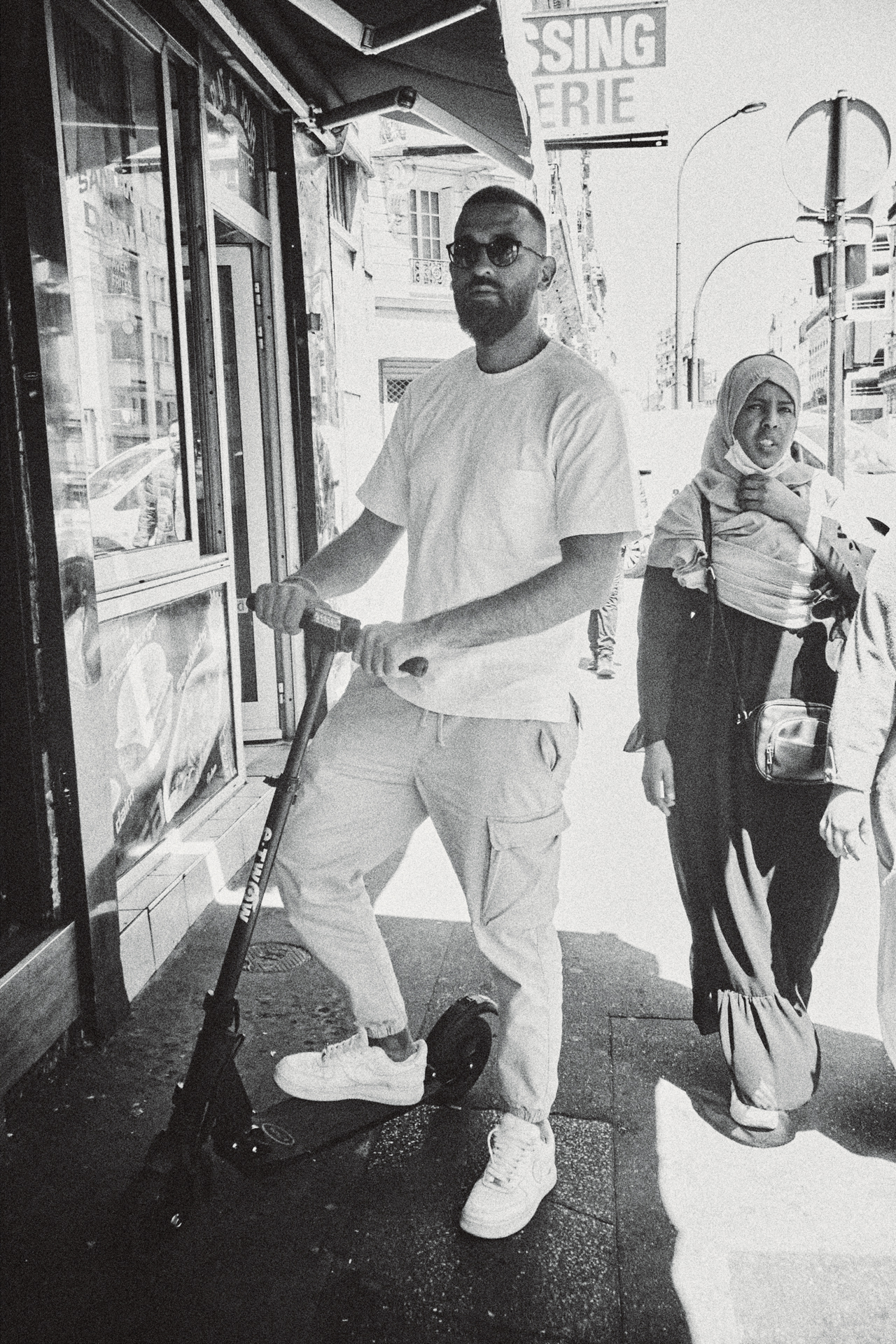
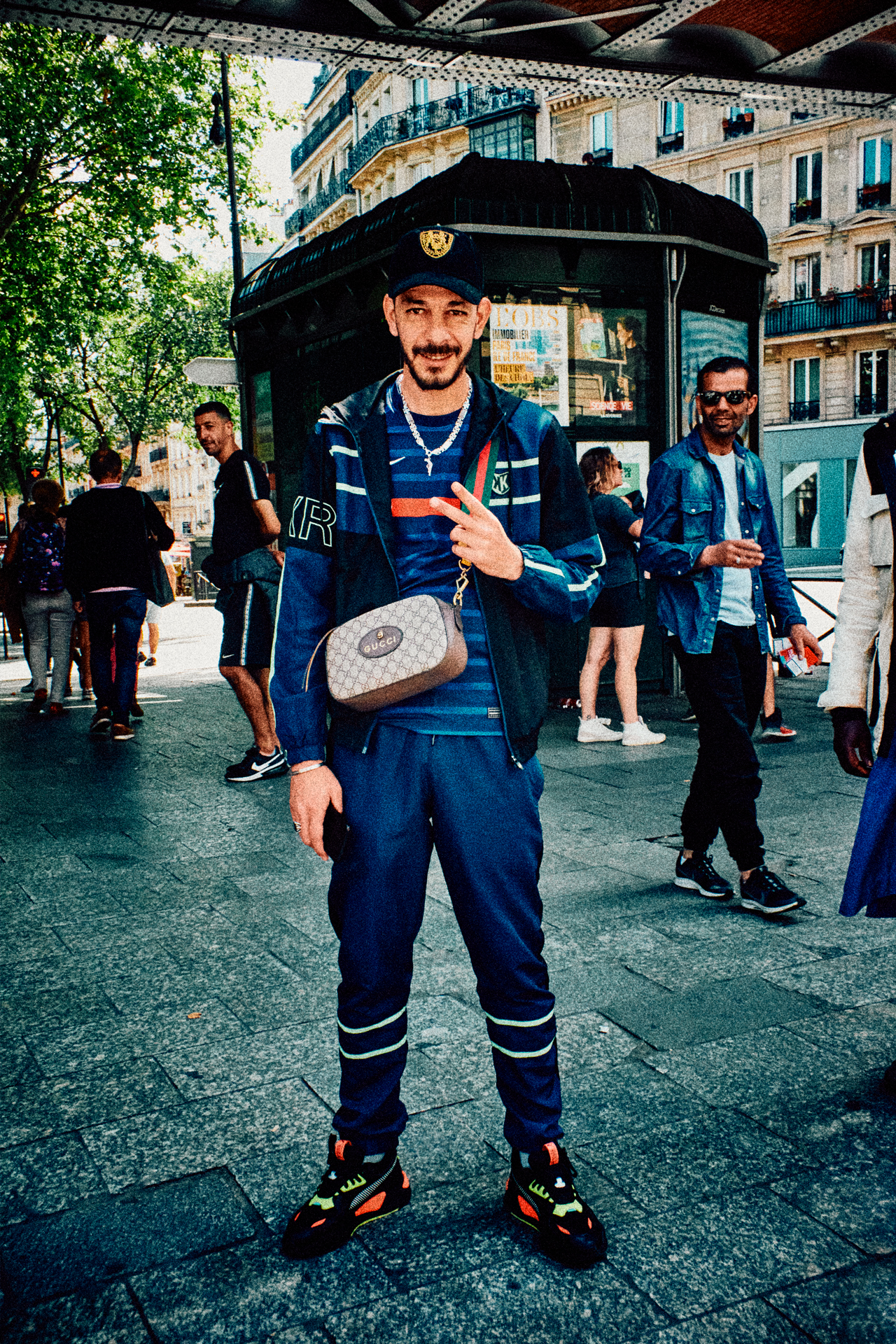
Foremost, there was a uniform here. A kind of super street style for the broods, the mates, the grown-up kids who call this place their enclave. It was an outfit fuelled by athletic merch-core. Big labels, big team names. The legitimacy of the pieces is known to be uncertain, but their meaning is perpetual. The style rules focused on things like neat white Nike Air Jordans worn with well-fitted tracksuits in various incarnations of the Adidas three-stripe. Caps were tilted, flat-peaked and in praise of American baseball teams, while bags were belted, zipped and worn crossbody to keep everything close to their chest – literally and proverbially.
Kim, who has spent a career creating fashion stories from the zeitgeist noted their impeccable stylistic knack. It was like witnessing a moving, living editorial. But this is a group fiercely protective of their own. As mostly immigrants or those of a second or third generation, the youth population of Barbès have learned to represent and retain their culture. In turn, they have created their own version of sartorial Paris, one they’re not quick to have photographed by strangers, either.
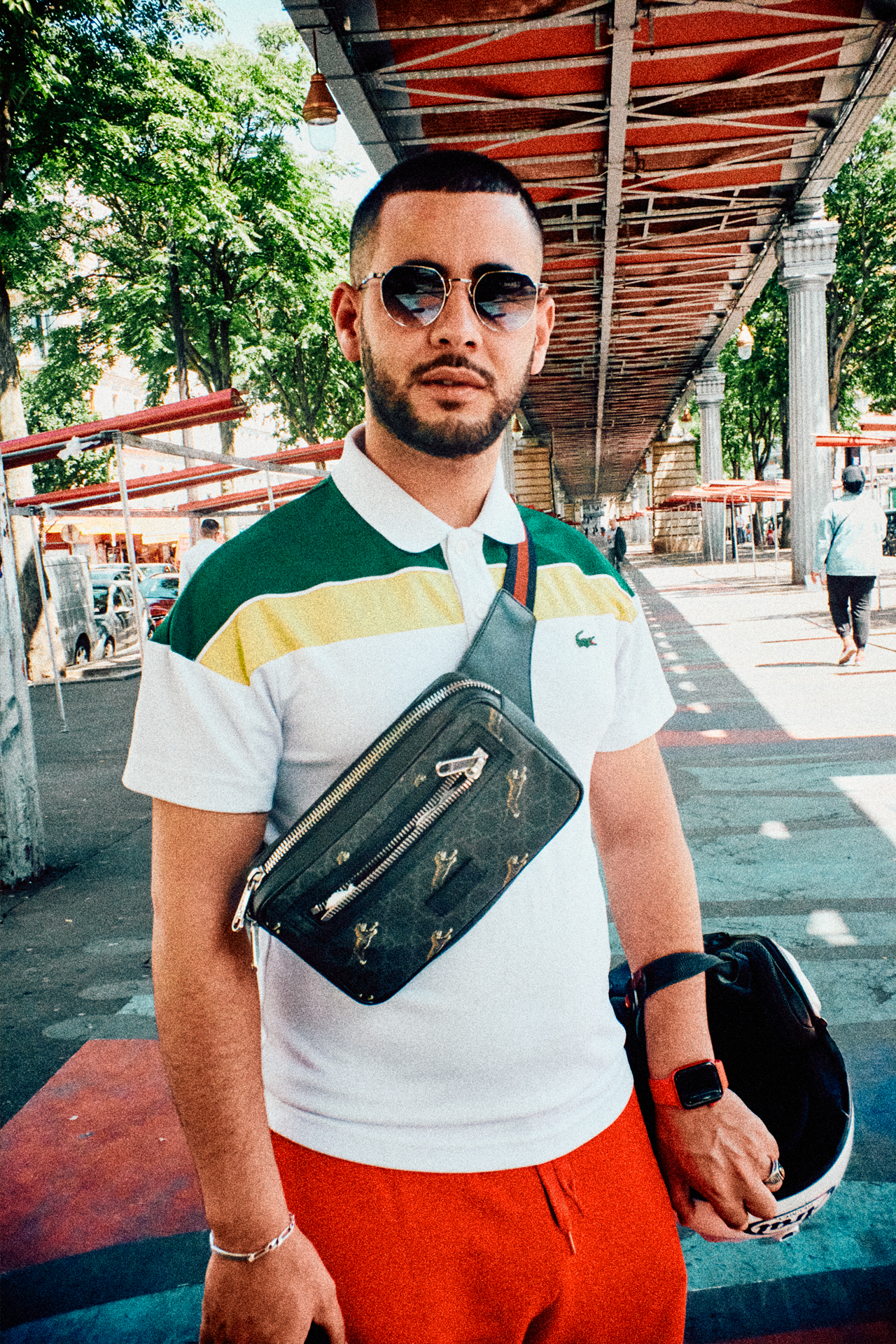
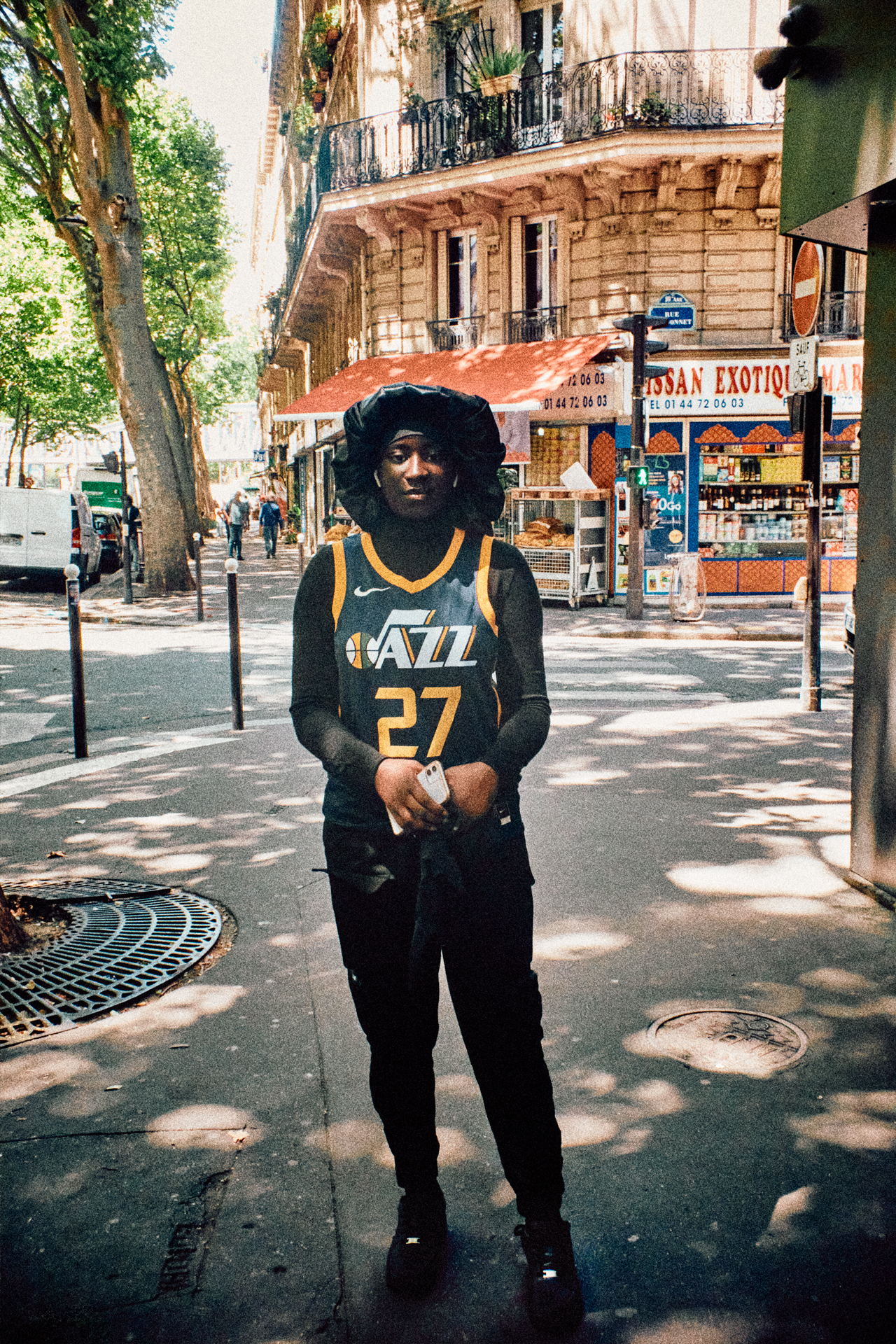

Many say that Barbès is becoming this city’s version of New York’s once anti-suburban Brooklyn. With the opening of chic restaurants and dainty cafés that reflect a more nostalgic Paris, as well as local property gathering considerable market value, its gentrification is imminent and probably unavoidable. The question will now be in the balance – how can an area with such rich history and solid community merge with the new? In 2015 ‘Brasserie Barbès’ opened to rave reviews from nightlife critics, praised for its cool architecture and great food – but in turn became one of the first elephants in the gentrified room. It was designed to fit in with the area’s industrial style and draw on the crowds of neighbouring Montmartre but it also boasted its view of Tati – the discount clothing store that has been an institution of original Barbès retail culture for several generations. This glorification of less affluent archetypes for the benefit of high fashion and premium experience has always been problematic. In 2021 Balenciaga’s Demna Gvasalia introduced the ‘Barbes East-West’ market bag. A striped tote, made in Italy from premium calfskin and organic cotton was designed to look like the ubiquitous plastic shopper found rampantly in these areas. Gvasalia faced backlash for his high end appropriation of a symbol of lower socio-economic society, yet the item remained a premium seller.
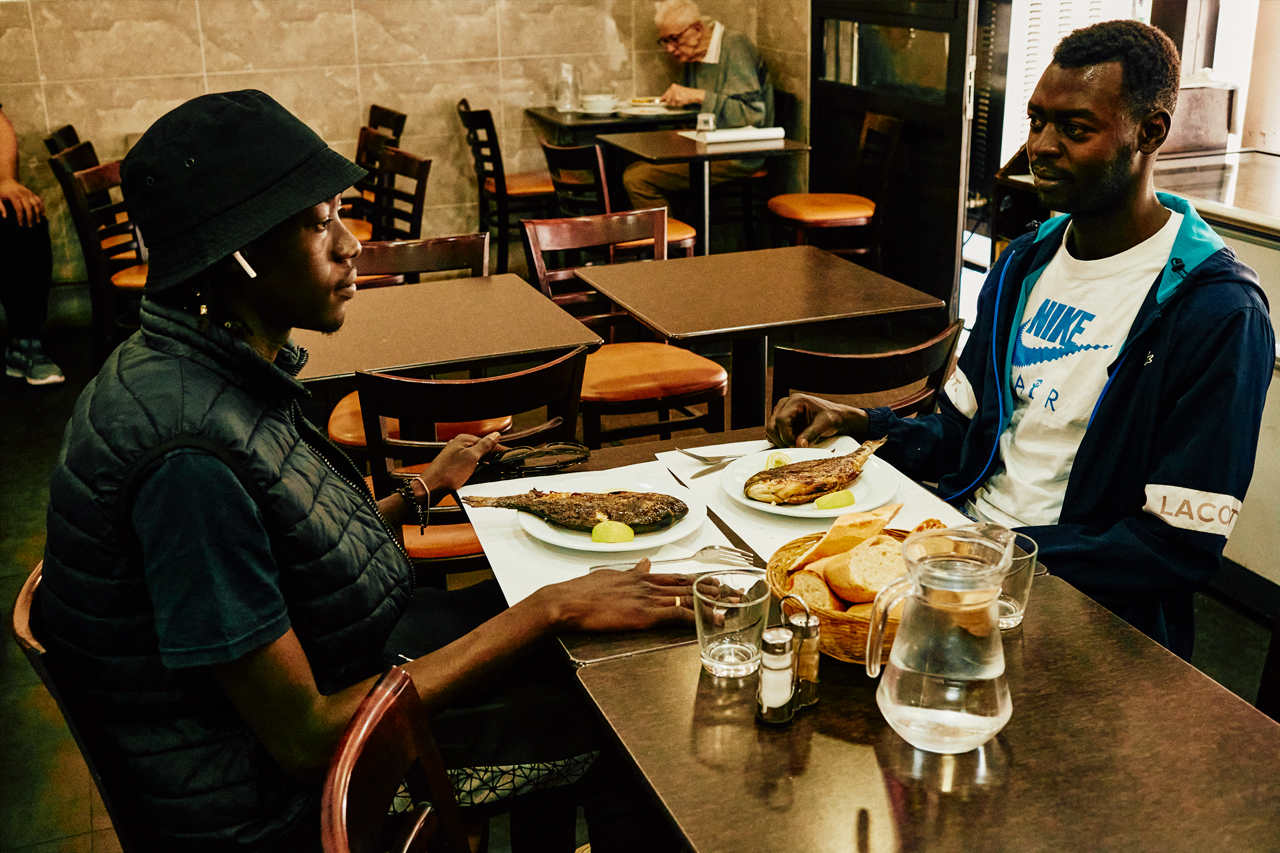
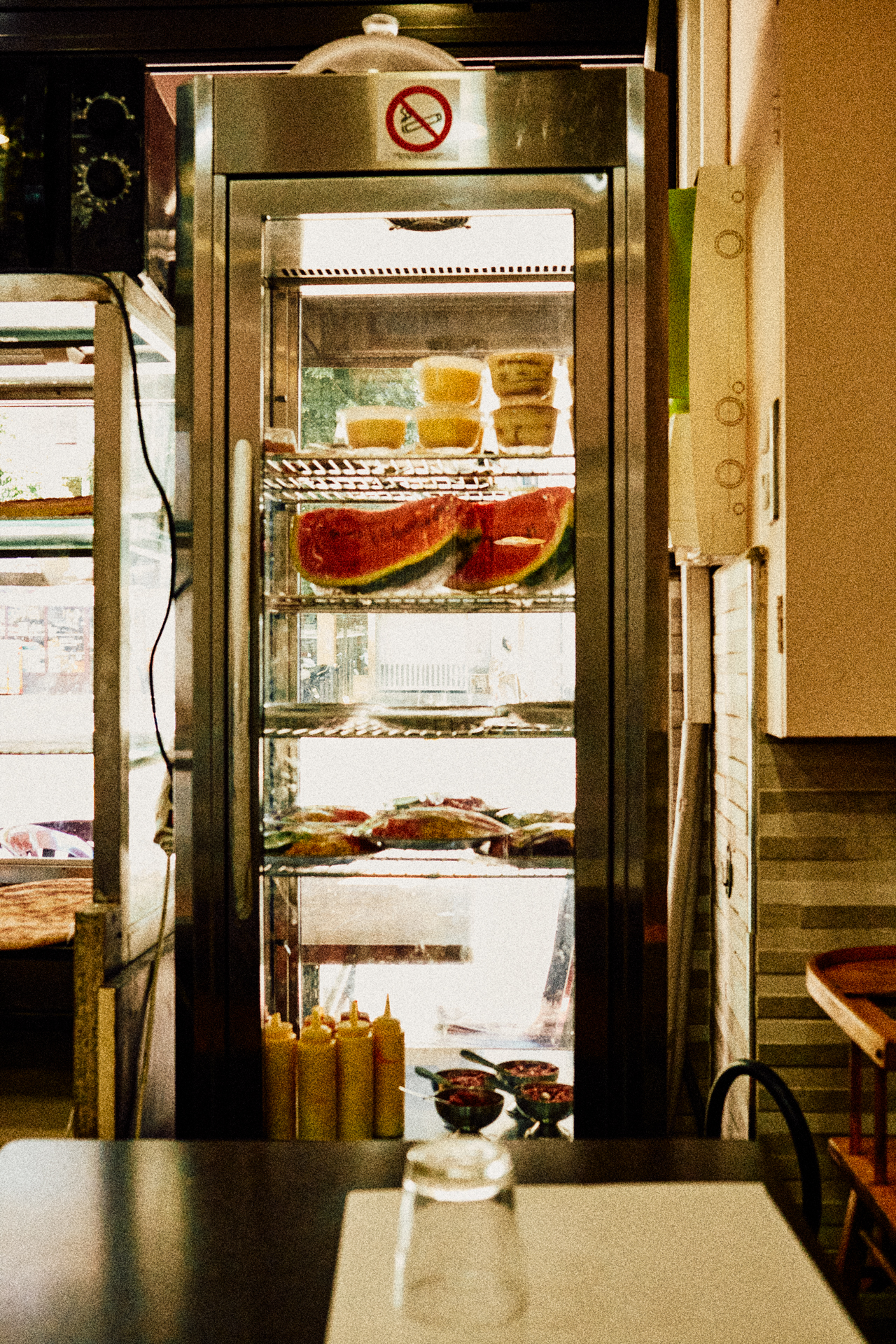
Is it ironic, then, that many of the Barbès boys revel in designer fits? Not really. Their style choice is a conscious one, convincingly blending runway names with big sport logo tees and premiership football jerseys, layering with quilted gilets and finishing with slick canvas bucket hats and anything with a Gucci print. These guys merchandise and shape ensembles with the ease and expertise of any highly tapped fashion influencer, but with none of the insincerity. The street-ification of their fashion is unique and personal. Perhaps this is why Kim and Vlad felt a sense of poignancy when the young men began to accept their emerging photo diary story. As word spread, more and more locals emerged until the street was flooded with interested participants.
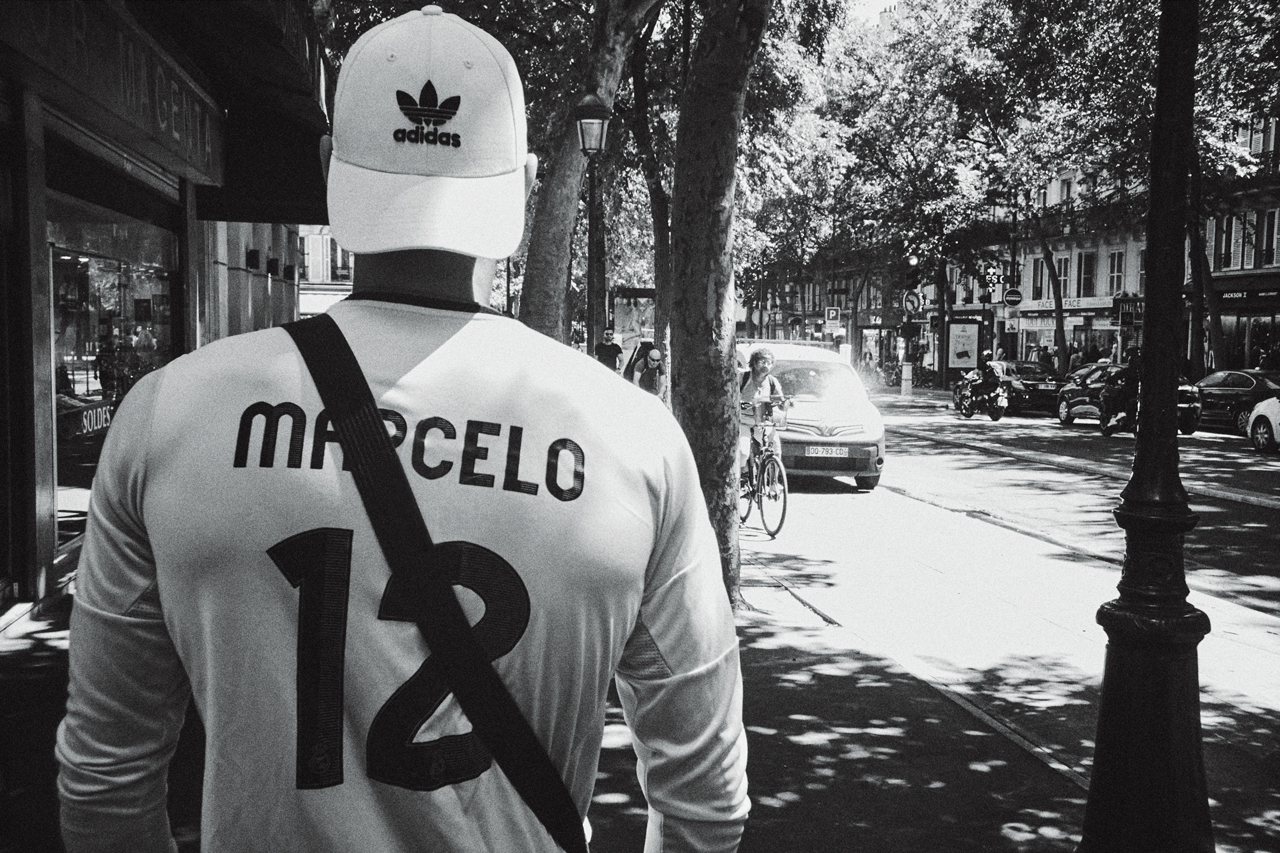
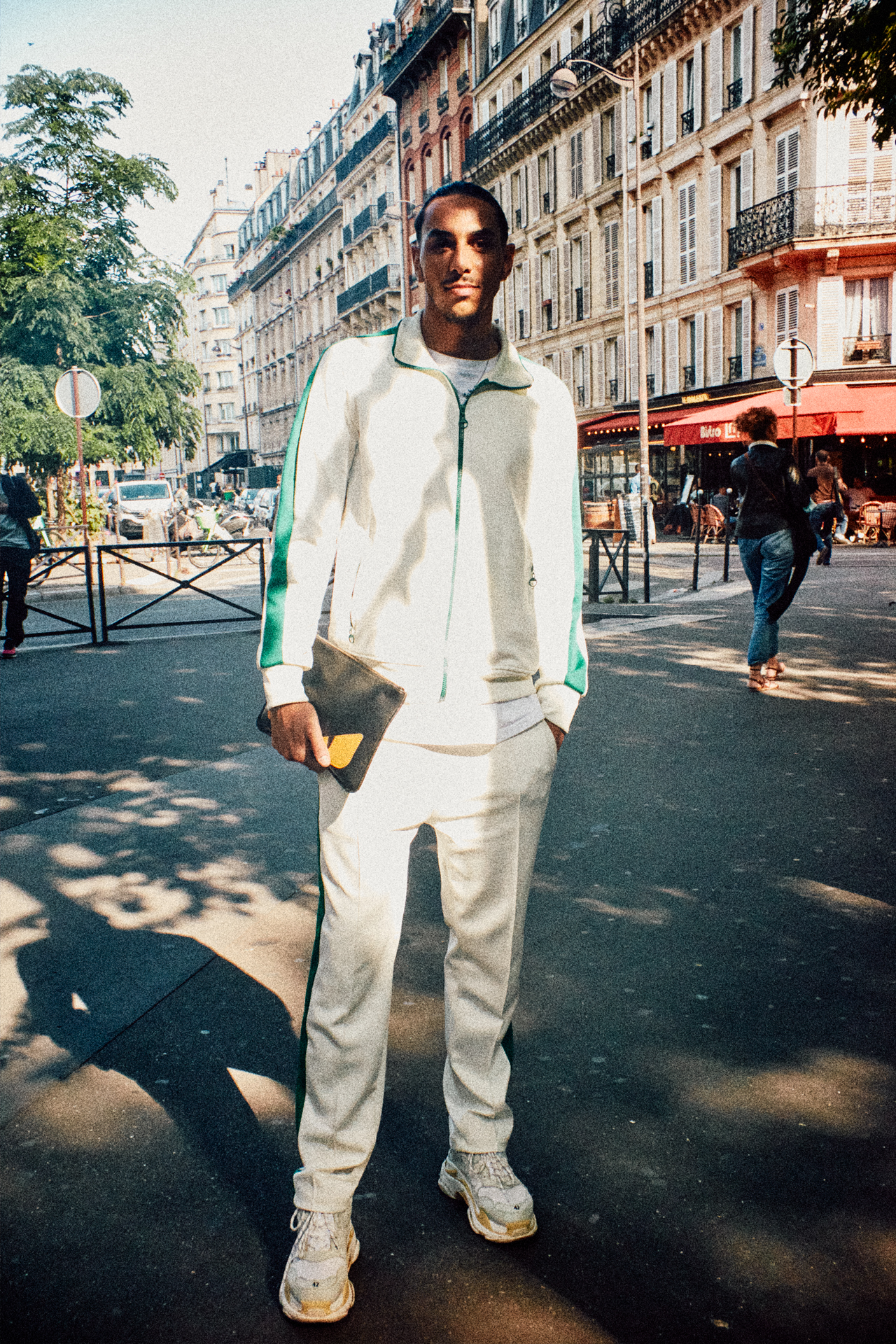
Not far from here, under the Barbès-Rochechouart metro station, there is a large, open-air market held twice a week. It’s a cultural explosion of tempered cuisine, international delicacies and handmade wares offered from the Algerian, Arab and African communities who populate much of this district. It’s here that Paris reminds the world it’s a metropolis of racial and societal diversity. That it’s a city more vast and variable than its pretense of brie and bicycles. In Barbès, restaurants are honest and unpretentious while stores are driven on value and utility. However, there is something forebodingly nostalgic about it. Many of the old façades are being revamped and redesigned and slowly, earnest, original businesses are being replaced by locales designed to play into the hipster parade. Yet longstanding locals remain enamoured by the area – despite ongoing changes, their sense of community remains Barbès’ most precious, un-rezoneable commodity.
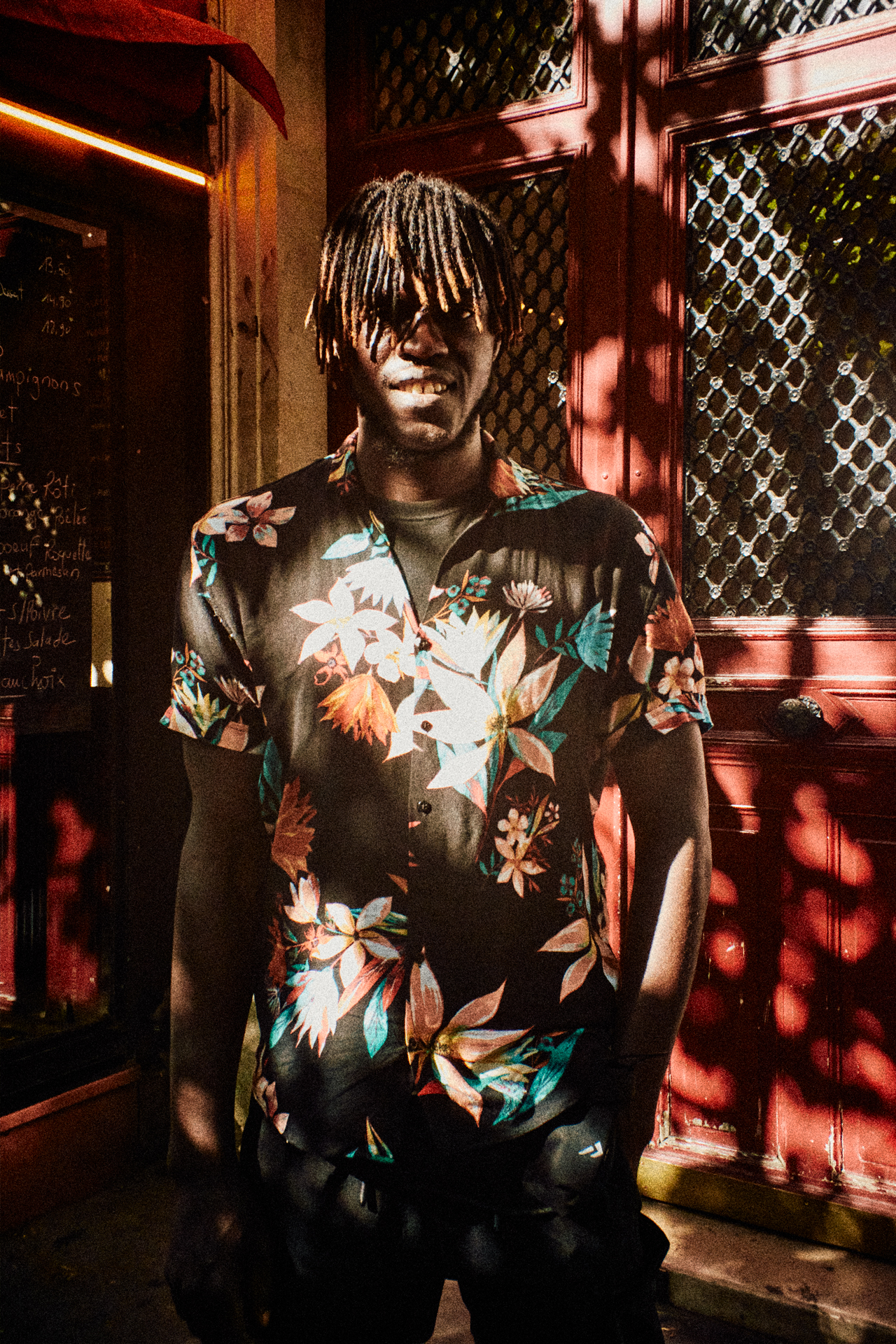
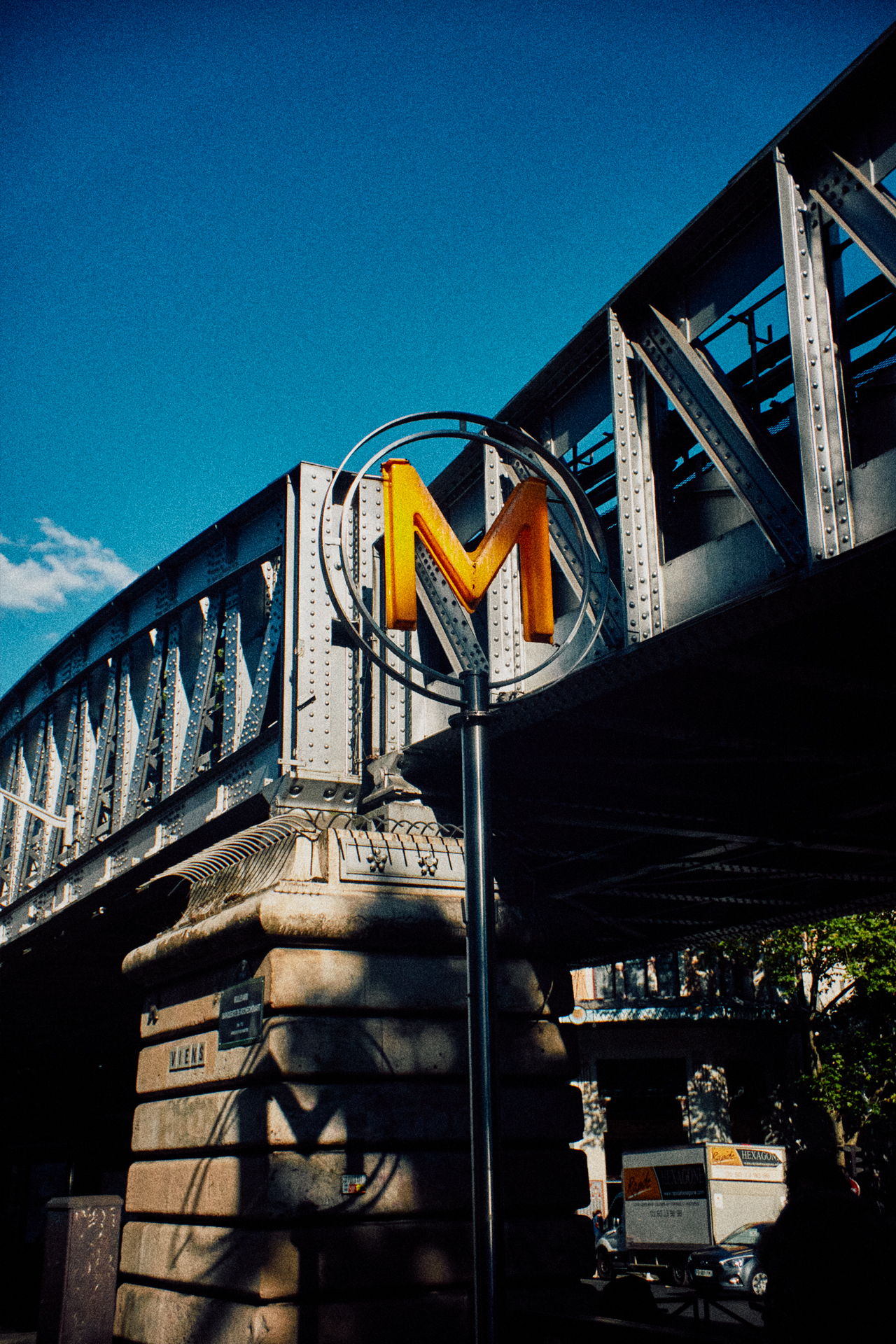
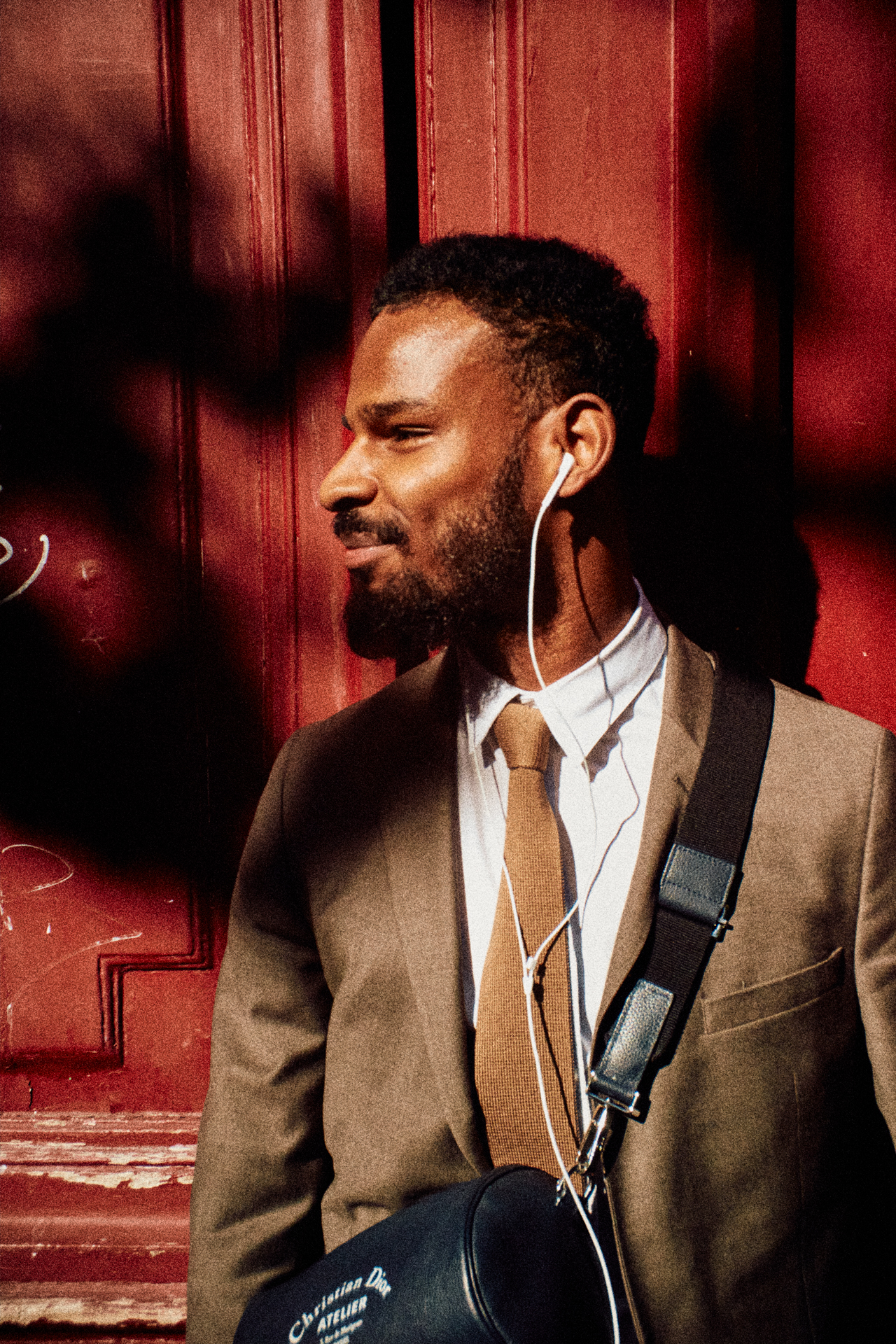
By the end of the day, Kim and Vlad had established a camaraderie with their subjects. Though it was a story they never intended nor planned, it inevitably came to mean more than most others – to become part of the heat of Barbès for the day, to be part of their conversation and not merely a passing observer. It wasn’t long before Kim and Vlad were learning the local protocols and taught some of the unspoken rules of the streets – sartorial codes invented to determine social roles and deciphered by the orientation of a cap or the direction of a bag. However, for this particular collaboration, the only language required was the universal understanding and appreciation for good style.
Photography: Vladimir Marti
Fashion Direction: Kim Payne
“BARBES, JE T’AIME” IS FEATURED IN THE NINTH EDITION OF ICON PRINT MAGAZINE. ORDER YOUR COPY HERE.